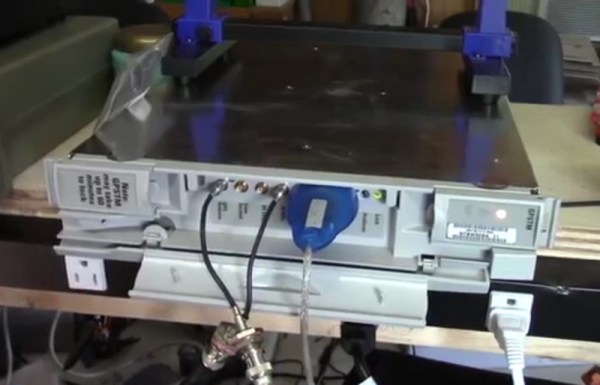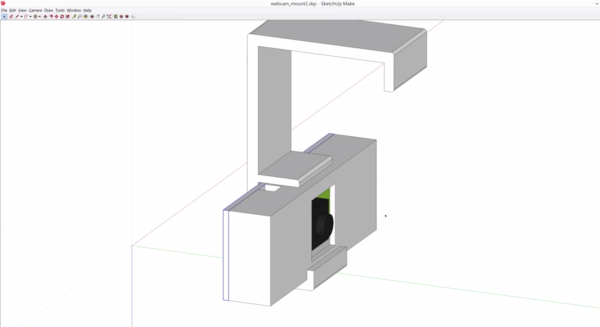[Shane Burrell] came across a Nortel GPSTM and re-purposed it as a 10MHz reference for his lab. The GPSTM is designed to slot into a backplane, most likely for telecoms applications. So [Shane] needed to hack the board to run from a 48v PSU. Once powered up, it was relatively easy to interface as the card appears to contain the well known Trimble Thunderbolt module and is compatible with its software.
We’ve covered frequency references before and they can be a valuable addition to a lab. On the back of most scopes, spectrum analyzers and function generators you’ll find a 10MHz reference input allowing the user to supply a reference more accurate than that generated internally. Not only is an external reference often more accurate, it also allows you to keep all your equipment in sync with a common reference, which can be particularly important in some measurements. While some hackers opt for Rubidium sources, the GPS disciplined temperature-controlled oscillator in the Nortel unit should provide a nice stable reference.
A word of warning to [Shane] though, get sucked into hacking frequency references and you may become a time nut finding yourself climbing mountains to test the theory of relativity.
Continue reading “Hacking A Telecoms Frequency Standard For Your Lab”













